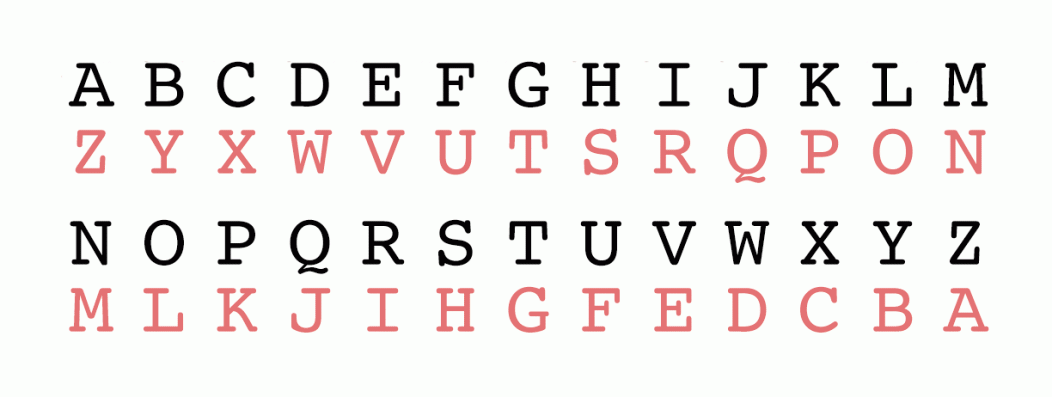Secret Code
Dsvm R dzh rm vovnvmgzib hxsllo, R olevw hvxivg xlwvh. Yfg rmhgvzw lu dirgrmt rm xlwv, orpv Zovx zmw Trmz wl, R hklpv rm xlwv, drgs nb uirvmw Znzmwz. Dv nzwv fk z xlwv gszg dv xzoovw “rttov.” Gsv ifovh uli hkvzprmt rm “rttov” dviv kivggb vzhb. Zmb grnv dzh z xlmhlmzmg hlfmw rm z dliw, blf zwwvw “rttov” gl rg. Blf kilmlfmxvw gsv eldvo hlfmwh gsv hznv dzb blf wrw rm gsv ivtfozi dliw. Hl, uli vcznkov, nb urhg mznv dzh kilmlfmxvw Qrttov-rs-orttov. Svool dzh srttov-vs-orttov-l. Rg dzh z olr lu ufm, gslfts dv hlfmwvw kivggb hroob dsvmvevi dv hklpv gszg dzb.
Answers
When I was in elementary school, I loved secret codes. But instead of writing in code, like Alec and Gina do, I spoke in code, with a friend of mine named Amanda. We made up a code that we called “iggle.” The rules for speaking in “iggle” were pretty easy. Any time there was a consonant sound in a word, you added “iggle” to it. You pronounced the vowel sounds the same way you did in the regular word. So, for example, my first name was pronounced Jiggle-ih-liggle. Hello was higgle-eh-liggle-o. It was a lot of fun, though we sounded pretty silly whenever we spoke that way.
